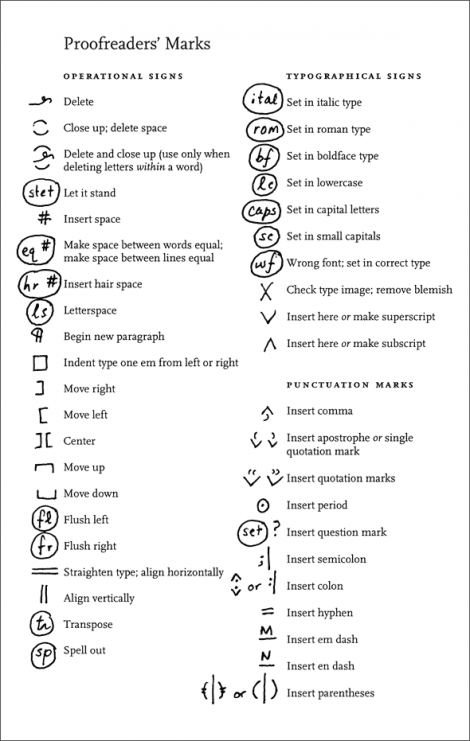Most would agree that all communication—be it newspaper articles, marketing direct mail, blog posts, legal papers, all the way down to a restaurant menu—should be proofread before being printed or published online.
Who reading this hasn’t noticed a typo on something and thought, “Someone’s not paying attention.” Did it change your life? Chances are no, unless you were one of the Maine milk truck drivers who won an appeal against their employer for $10 million over a missing comma.
So, what’s the big deal? Most computer software has spell check now, right? Even so, a surprising number of people don’t use it.
Copywriters and copy editors and proofreaders, oh my!
There are differences between the three roles, although sometimes the lines are blurred and it’s no wonder people get confused. That’s why it’s important to be clear up front about what your deliverables will look like and who is responsible for what.
- Copywriters produce written content to inform or perhaps persuade someone to take a particular action. They’re extremely proficient in communication and have a deep knowledge of the written word. They will want to know if they are writing short and to-the-point sales copy—which has more license to break grammar rules—or long-form, informative copy.
- Copy editors revise the written material to improve readability or provide consistency and clarity. They will also check for grammatical errors and, most important, factual errors; Consumer Protection Laws can bring about significant fines and penalties. Copy editors will pay close attention to tone of voice, making sure it matches established brand standards.
- Proofreaders serve as the last stop after all previous edits are made and before a piece is printed or digitally published. They doublecheck that grammar is correct, punctuation is used properly, the correct URLs are in place, and—if looking at a design layout—that correct images are inserted and the right font styles are used, among many, many other things. Proofreaders, unlike copy editors, don’t generally revise a document. Rather, they highlight any issues they find, using standard proofreaders’ marks. See below.

While each role is important, for proofreaders, the buck stops here.
Seriously. Can’t a copywriter just fill all three roles?
Not all editors make good writers—and vice versa. Focusing on the “rules” can prohibit the free flow of ideas and descriptive language. And when a writer proofreads their own work, they miss potential typos and grammatical errors, focusing instead of the meaning of their words or what they “see” in their mind’s eye. In an article for Wired, Tom Stafford explains the pitfalls of proofreading your own work.
And a note about that spell check we mentioned before: Software has come a long way in recognizing grammatical errors, but it’s not foolproof. For example, it can’t check for context, consistency, or tone of voice. And it certainly can’t follow brand standards, fact check, or review a design.
In summary, get someone else to read your words
Whether you have a professional proofreader on staff or farm it out to a third-party vendor, make no mistake, proofreading IS necessary—on every single piece that is printed or published. Bear in mind:
- Reprinting is costly.
- A loss of credibility can be hard to overcome.
- Feedback leads to improvement.
One caveat: we’re all human. Even professional proofreaders miss things on occasion. But all the things they DO catch place you at an advantage over your competitors, who still think, “No one will notice.”
